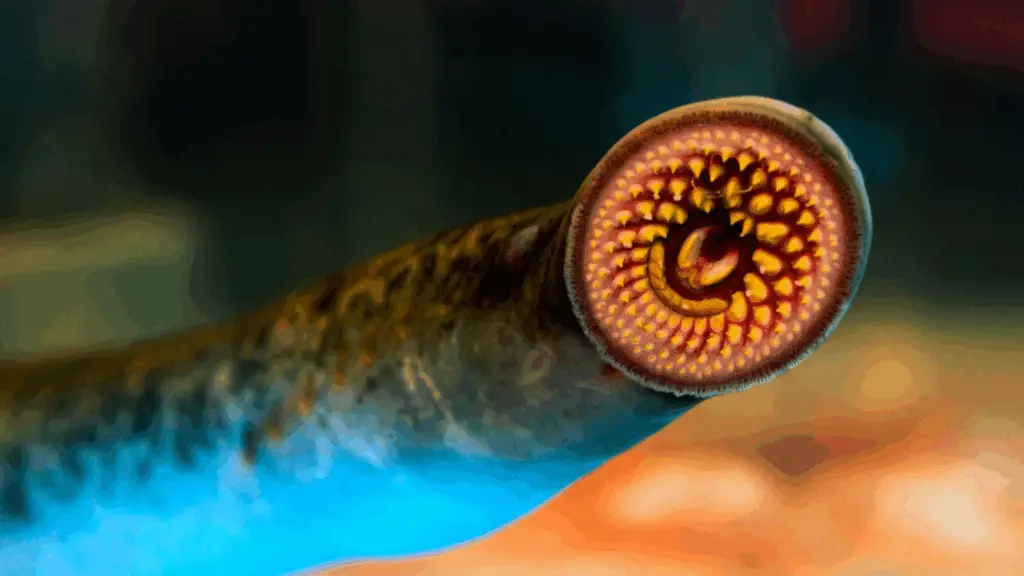After more than five decades of intensive conservation efforts, Lake Champlain’s native lake trout have made a remarkable comeback. State and federal wildlife officials have declared the species self-sustaining, leading to the cessation of hatchery stocking programs that began in the 1950s. This milestone is attributed to a combination of persistent stocking, effective sea lamprey control, and improved environmental conditions.
The Road to Recovery
Lake trout, once abundant in Lake Champlain, faced near extinction by the early 1900s due to overfishing, pollution, and the introduction of invasive species like the sea lamprey. In response, New York and Vermont initiated stocking programs in the 1950s, releasing millions of hatchery-raised trout into the lake. However, the survival of these fish was severely hindered by sea lampreys, parasitic creatures that attach to fish and feed on their bodily fluids, often leading to the host’s death.

Recognizing the threat, the Lake Champlain Fish and Wildlife Management Cooperative launched an experimental sea lamprey control program in 1990. This multifaceted approach included the application of lampricides to kill lamprey larvae, the installation of barriers to prevent adult lampreys from reaching spawning grounds, and the trapping of adults before they could reproduce. These efforts significantly reduced lamprey-induced wounds on lake trout from 99 per 100 fish in 2006 to 23 per 100 in 2022.
A Self-Sustaining Population
The turning point came in 2015 when researchers discovered juvenile lake trout in the lake that had not been stocked, indicating successful natural reproduction. Subsequent surveys confirmed a growing population of wild lake trout, leading to a gradual reduction in stocking efforts. By 2020, New York ceased its stocking program, and Vermont followed suit in 2025 after one final release.
Improved water quality, reduced pollution, and better habitat conditions have also played crucial roles in the trout’s resurgence. Efforts to control nutrient loading and sedimentation have enhanced spawning habitats, further supporting natural reproduction.
Economic and Ecological Impact
The restoration of lake trout has revitalized recreational fishing in Lake Champlain, which now generates approximately $474 million in economic activity annually. Moreover, for every dollar invested in sea lamprey control, there is a $3.50 return to the economy, underscoring the program’s cost-effectiveness.
Ongoing Vigilance
While the lake trout population is currently stable, continuous monitoring is essential to ensure its long-term sustainability. The cooperative plans to assess the health of the population regularly and is prepared to reinstitute stocking if necessary. Additionally, sea lamprey control efforts will persist to prevent a resurgence that could jeopardize the trout’s recovery.
This successful restoration serves as a model for collaborative conservation efforts, demonstrating that with sustained commitment and adaptive management, it is possible to reverse the decline of native species and restore ecological balance.





